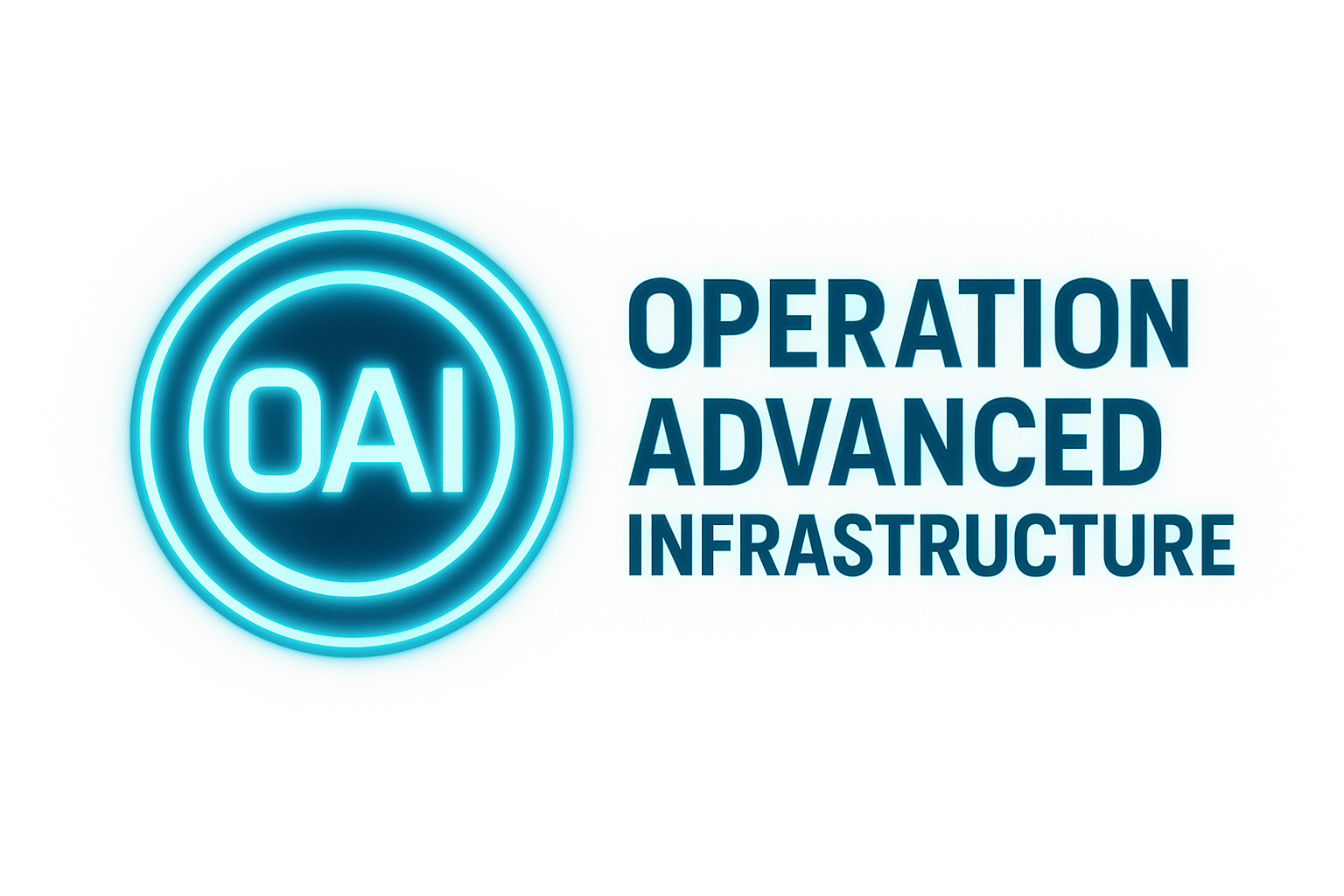| 3 | | 1. Deep Internal Skill Development |
| 4 | | • Why it matters: When teams build and maintain infrastructure in-house, they learn how systems actually work — not just how to operate a vendor interface. |
| 5 | | • Effect: Engineers develop expertise in foundational areas (OS internals, package management, security policy design), which leads to: |
| 6 | | • Better debugging capabilities |
| 7 | | • More informed decision-making |
| 8 | | • Reduced reliance on external support |
| | 3 | == Deep Internal Skill Development |
| 24 | | 4. Tooling as Knowledge Capital |
| 25 | | • Why it matters: Every script, service, and config file you build reinforces your team’s understanding and becomes reusable knowledge. |
| 26 | | • Effect: You accumulate reusable code, templates, and practices that: |
| 27 | | • Speed up onboarding |
| 28 | | • Enable more rapid iteration |
| 29 | | • Are fully aligned with your values (security, transparency, minimalism, etc.) |
| | 9 | * Better debugging capabilities |
| 49 | | Factor |
| 50 | | Result |
| 51 | | Training |
| 52 | | Generic, often product-specific; doesn’t map 1:1 to your environment |
| 53 | | Skill retention |
| 54 | | High risk of dependency on vendor or contractor |
| 55 | | Customization |
| 56 | | Limited by vendor constraints and support models |
| 57 | | Internal innovation |
| 58 | | Stifled — changes must be routed through vendor processes |
| 59 | | Understanding |
| 60 | | Surface-level; often relies on “black-box” behavior |
| 61 | | Knowledge ownership |
| 62 | | Externalized; knowledge often leaves with contracts or subscriptions |
| | 19 | '''Effect:''' Your organization becomes institutionally smarter: |
| | 20 | |
| | 21 | * Team members train each other |
| | 22 | |
| | 23 | * Documentation and tooling become internal assets |
| | 24 | |
| | 25 | * Risk of “vendor brain drain” (loss of knowledge when a contract ends) is avoided |
| | 26 | |
| | 27 | == Training That Matches Reality |
| | 28 | |
| | 29 | '''Why it matters:''' Training based on your own systems is always more effective than generic vendor certifications. |
| | 30 | |
| | 31 | '''Effect:''' |
| | 32 | |
| | 33 | * You train your team on tools they actually use |
| | 34 | |
| | 35 | * The training environment matches production |
| | 36 | |
| | 37 | * Less time is spent learning features or workflows irrelevant to your use case |
| | 38 | |
| | 39 | == Tooling as Knowledge Capital |
| | 40 | |
| | 41 | '''Why it matters:''' Every script, service, and config file you build reinforces your team’s understanding and becomes reusable knowledge. |
| | 42 | |
| | 43 | '''Effect:''' You accumulate reusable code, templates, and practices that: |
| | 44 | |
| | 45 | * Speed up onboarding |
| | 46 | |
| | 47 | * Enable more rapid iteration |
| | 48 | |
| | 49 | * Are fully aligned with your values (security, transparency, minimalism, etc.) |
| | 50 | |
| | 51 | == Empowerment and Retention |
| | 52 | |
| | 53 | '''Why it matters:''' Developers and sysadmins are more motivated when working on systems they understand and shape. |
| | 54 | |
| | 55 | '''Effect:''' |
| | 56 | |
| | 57 | * Higher job satisfaction and team cohesion |
| | 58 | |
| | 59 | * Increased employee retention |
| | 60 | |
| | 61 | * A culture of craftsmanship, not just operations |
| | 62 | |
| | 63 | == Security Through Understanding |
| | 64 | |
| | 65 | '''Why it matters:''' Security doesn’t just come from hardening checklists — it comes from understanding the system deeply. |
| | 66 | |
| | 67 | '''Effect:''' |
| | 68 | |
| | 69 | * Your team can spot misconfigurations or anomalies faster |
| | 70 | |
| | 71 | * You can build context-aware mitigations that generic vendors don’t anticipate |
| | 72 | |
| | 73 | * You’re better equipped to perform meaningful audits and threat modeling |
| | 74 | |
| | 75 | = In Contrast: External / Vendor-Driven Solutions |
| | 76 | |
| | 77 | || '''Factor''' || '''Result''' || |
| | 78 | || Training ||Generic, often product-specific; doesn’t map 1:1 to your environment || |
| | 79 | || Skill retention || High risk of dependency on vendor or contractor || |
| | 80 | || Customization || Limited by vendor constraints and support models || |
| | 81 | || Internal innovation || Stifled — changes must be routed through vendor processes || |
| | 82 | || Understanding || Surface-level; often relies on “black-box” behavior || |
| | 83 | || Knowledge ownership || Externalized; knowledge often leaves with contracts or subscriptions || |
